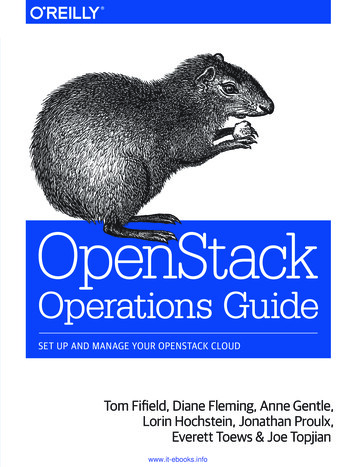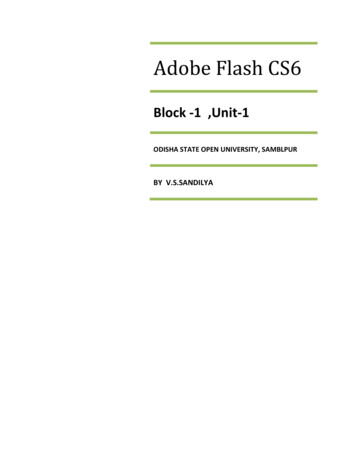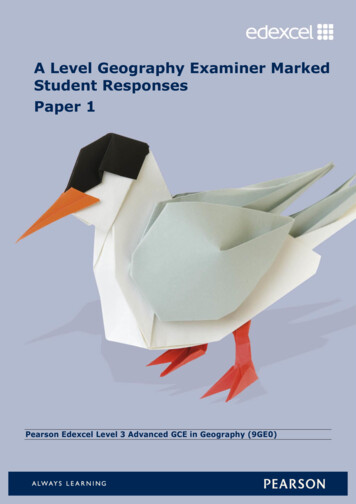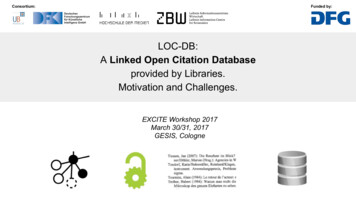
Transcription
Consortium:Funded by:LOC-DB:A Linked Open Citation Databaseprovided by Libraries.Motivation and Challenges.EXCITE Workshop 2017March 30/31, 2017GESIS, Cologne
Overview1.MotivationPresenter: Kai Eckert, Stuttgart Media University2.InfrastructurePresenter: Anne Lauscher, Stuttgart Media University3.Reference ExtractionPresenter: Akansha Bhardwaj, DFKI Kaiserslautern2
Motivation3
. search for content, not for books. . need to check citations. . need to know who cites the content. . as a special case: need to knowwho cites their content.Source: https://commons.wikimedia.org/wiki/File:Mad scientist transparent background.svgScientists:4
Libraries: What is in the catalog?Basically: Things you can put on a shelf.5
But there are databases!Many commercial, incomplete databases.Many smaller, focused databases.Many library services, like the OnLine Contents Fachausschnitte (fka. OLC-SSG).All are incomplete (most do not even try to be complete)Most are not freely available as Open Data.Most do not contain citation references.6
What if. libraries would just do it? Catalog journals and collections (proceedings), with all articles / chapters as separate resources, with a structured form of all citation references in allarticles, ideally with links to the cited resources.7
Linked Open Citation DatabaseGoal: Answering the question:What is needed (persons, resources, money)for libraries to actually “do it”?(i.e., not the creation of a complete and free citation database, at least for now.)Method: Prototypical creation of a complete (in the sense of a subset) and freecitation database with a focus on cataloging efficiency.Consortium:Funded by:
Focus on efficiency Reuse existing data (e.g., from publishers or other projects).Use OCR.Semi-automatic data extraction and linking.Streamline and automate the process wherever possible.Distributed database and cataloging process.Desired answer: If X libraries use Y persons to do theLOC-DB cataloging, we manage to get Z percentof the content.Hopefully with low X and Y and high Z ;-)9
Infrastructure10
OverviewEditorial SystemMain components:-OCR ComponentEditorial System (GUI)Central Component (LOC-DB)OCR ComponentLOC-DB11
Example WorkflowEditorial System0) Upload scanOCR ComponentSources of the images used: [1]LOC-DB12
Example WorkflowEditorial System0) Upload scanOCR ComponentLOC-DB1) Save file2) Get related data from SWB-BSZ3) Create entry in the databaseSources of the images used: [1], [2]13
Example WorkflowEditorial System4) Retrieve not OCRed scans5.1) Trigger OCR processingOCR ComponentSources of the images used: [1], [3]LOC-DB14
Example WorkflowEditorial System4) Retrieve not OCRed scans5.1) Trigger OCR processingOCR ComponentLOC-DB5.2) Trigger OCR processing6) Retrieve OCRed data (e.g. coordinates of the referenceson the scanned page) and save it15
Example WorkflowEditorial System7) Retrieve OCRed scans, that are not processedby a librarian yetOCR ComponentSources of the images used: [1], [3]LOC-DB16
Example WorkflowEditorial SystemOCR ComponentFor each reference:8.1) Retrieve and correctOCRed informationLOC-DB8.2) Save updates in the database8.3) Optional: Retrieve suggestionsfrom external sourcesSources of the images used: [1], [4], [5], [6]17
Example WorkflowEditorial SystemOCR ComponentLOC-DBResult:A linked open citation database extracted from reference listscreated by librariansSources of the images used: [1]18
A bit more than just three components.PDFWebPrintLinked Open DataEditorial SystemOCR ComponentLOC-DBInstance 1LOC-DBInstance 2Sources of the images used: [1], [2], [7], [8], [9], [10],[11]LOC-DBInstance N19
TechnologiesMain components:---Sources of the images used: [1], [2], [7], [8], [9], [10],[11]Editorial System (GUI)- Angular.io- Typescript- BootstrapCentral Component (LOC-DB)- Swagger- Node.js- MongoDBOCR Component20
Data Model-Inspired by the OpenCitations Data ModelExtensions to support the management of scans and detected referencesin different statusExample: BibliographicEntry (“a single reference”)-Identifier of the corresponding scanStatusOCRed information, e.g. coordinates of the reference on the scan, title etc.Sources of the images used: [12]21
Reference Extraction22
OverviewMain components:-Sources of the images used: [1], [2], [7], [8], [9], [10],[11]Editorial System (GUI)Central Component (LOC-DB)OCR Component23
ScanneddocumentTextual PDFStructuredXML24
ScanneddocumentBinarizationTextual PDFStructuredXML25
ual PDFStructuredXML26
TextextractionTextual tationPreprocessing27
Appendix
Appendix
Appendix
Appendix
Appendix
Consortium:Funded by:Thank you.https://locdb.bib.uni-mannheim.de/blog/de/33
Images[1] ow 318-34042.jpg[2] https://encrypted-tbn0.gstatic.com/images?q BduoIIiarvKA[3] 994e57e0e8 to-do-list-clipart-things-to-do-list-clip-art 1024-1024.png[4] https://scholar.google.de/[5] http://opencitations.net/[6] mages/crossref logo.png[7] ads/sites/8/2008/03/pdf.png[8] /phuzion/File-Web.ico[9] https://encrypted-tbn2.gstatic.com/images?q tbn:ANd9GcREEssBPV3h0H5JbJ1yrU t5NRKhjyH5Hgnxd9iCkX3iExBnCXzAA[10] http://gsowww.gbv.de/images/logos/2 152.gif[11] eb/Springer.svg/1280px-Springer.svg.png[12] http://opencitations.net/static/img/logo.png34
Overview 1. Motivation Presenter: Kai Eckert, Stuttgart Media University 2. Infrastructure Presenter: Anne Lauscher, Stuttgart Media University 3. Reference Extraction
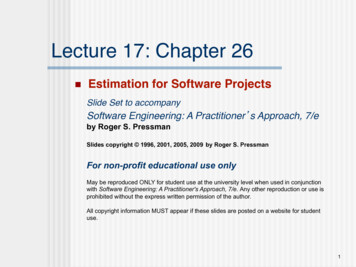

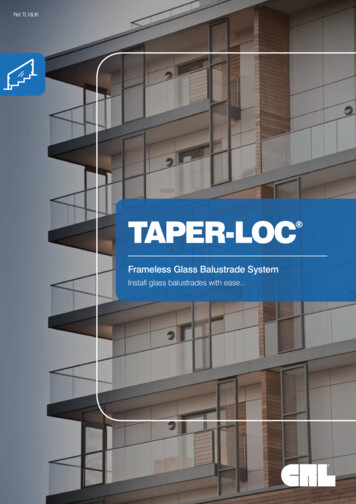

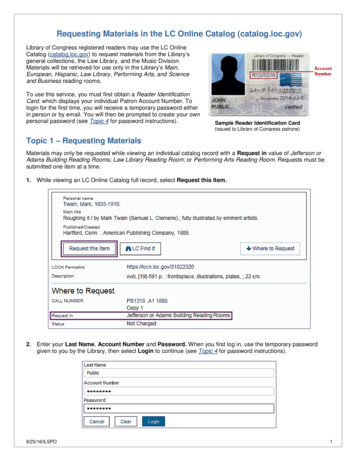
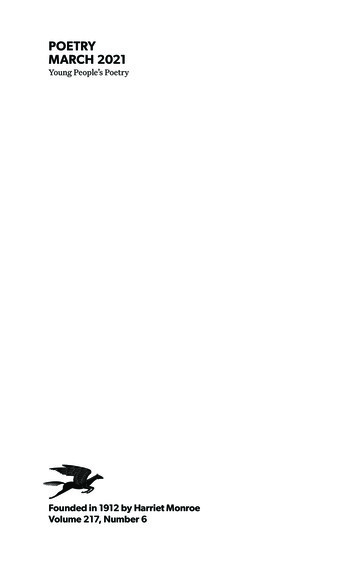

![linked art vocabs itwg.pptx [Read-Only]](/img/23/newbury-sanderson-itwg-2017.jpg)
